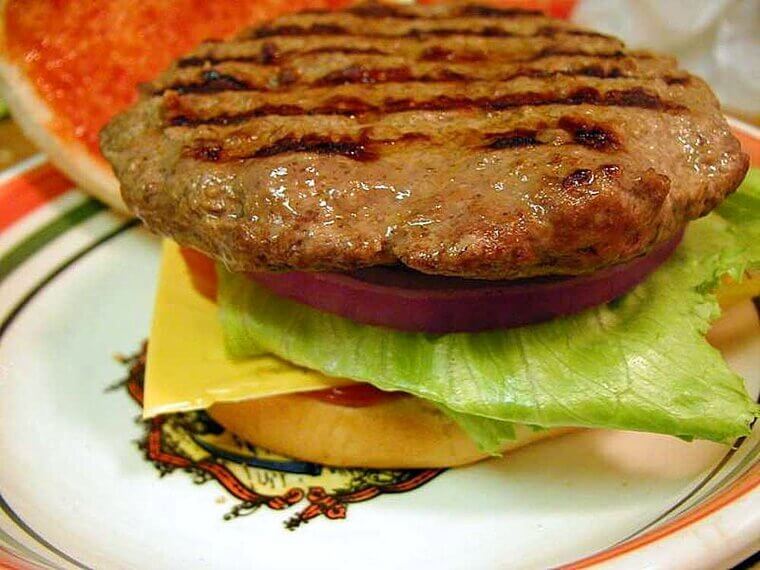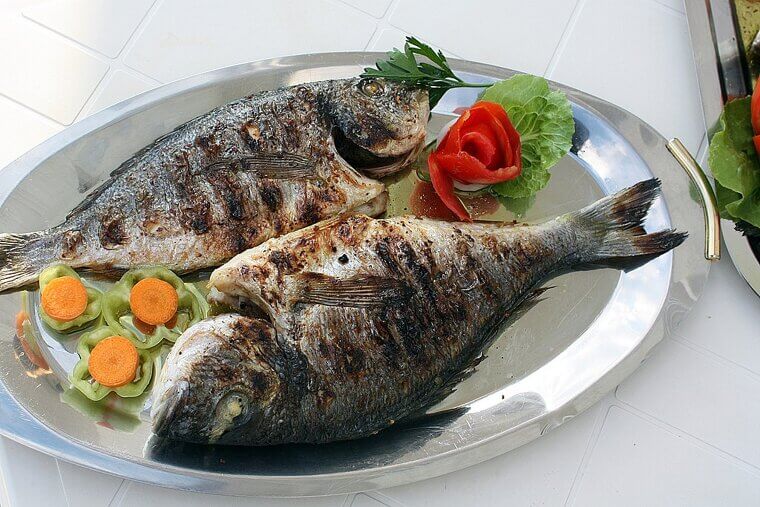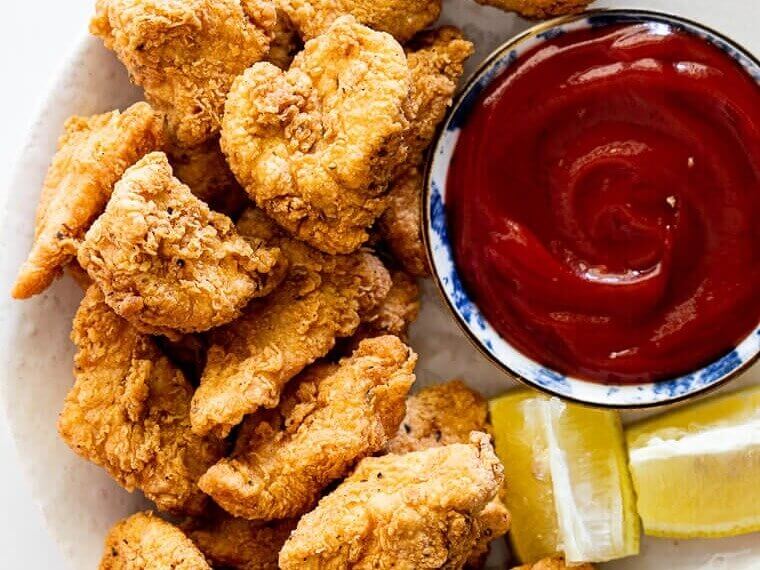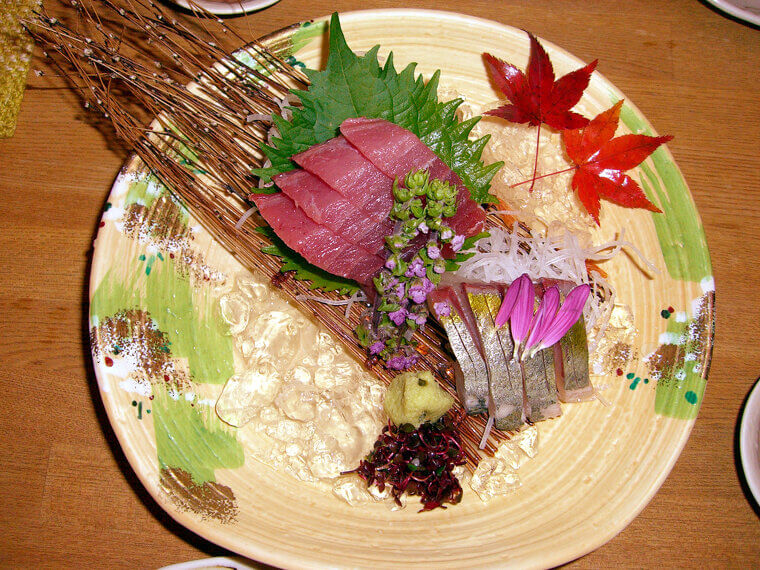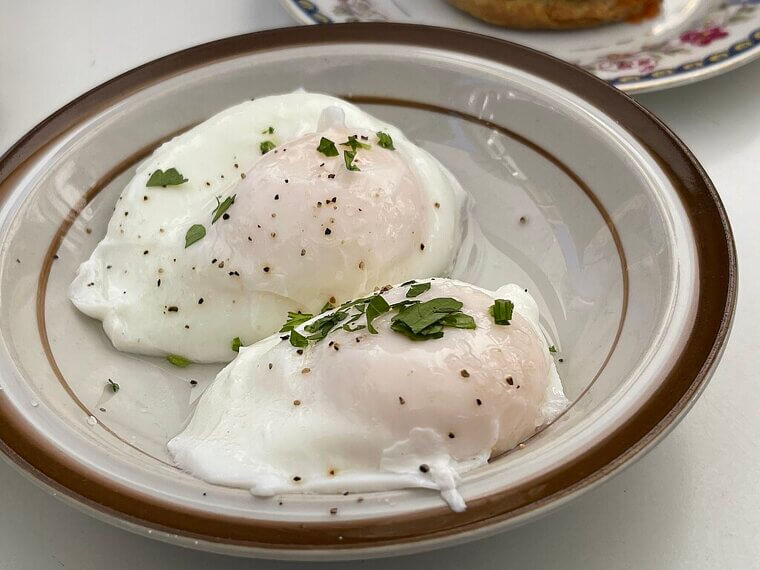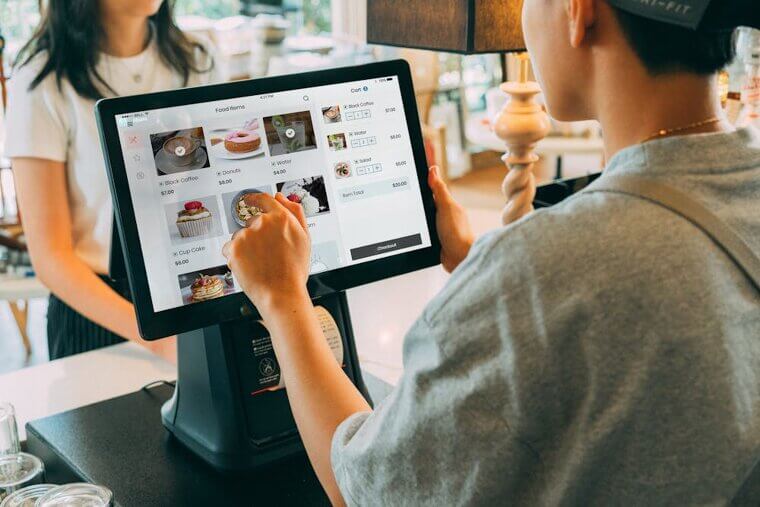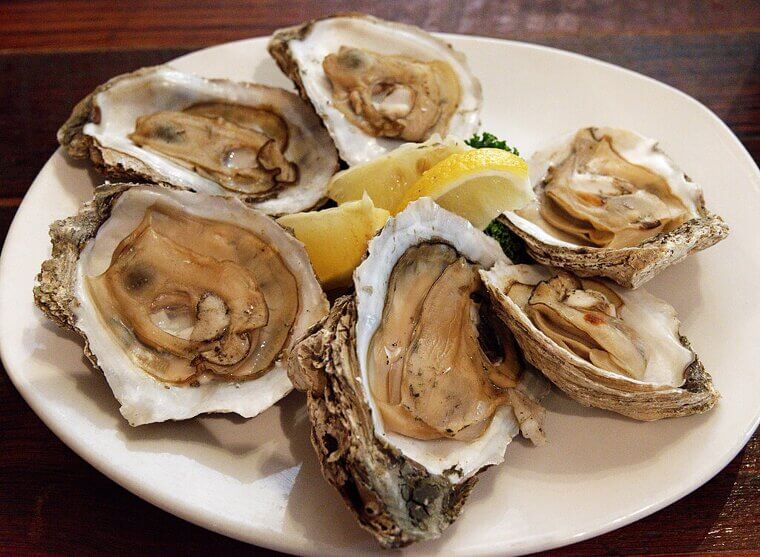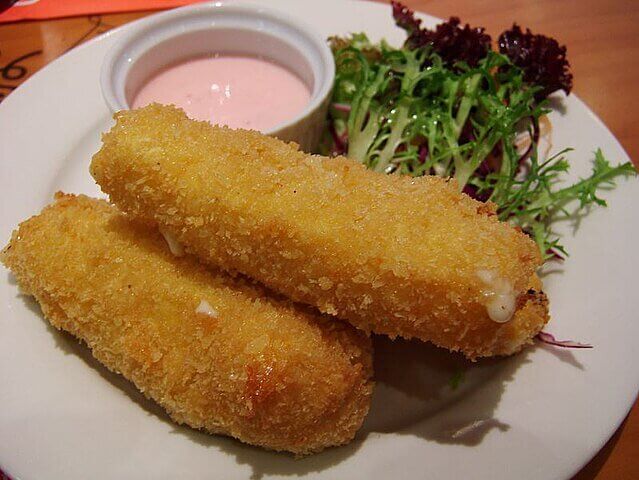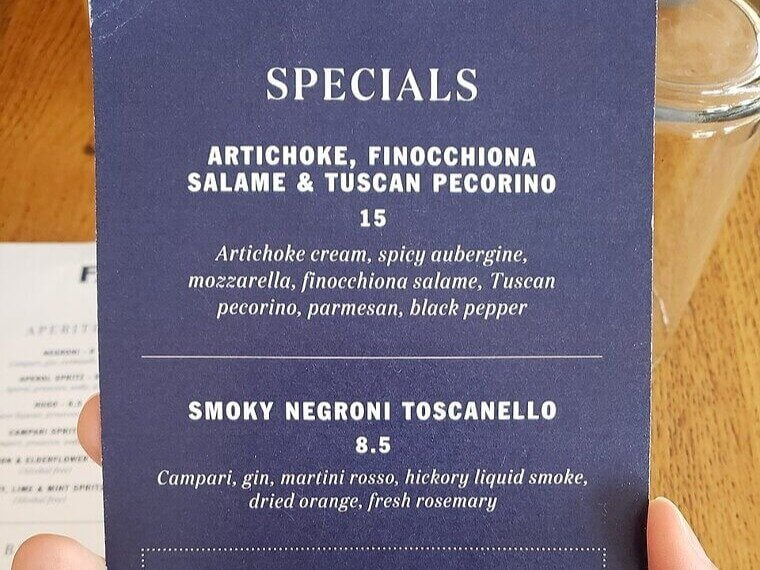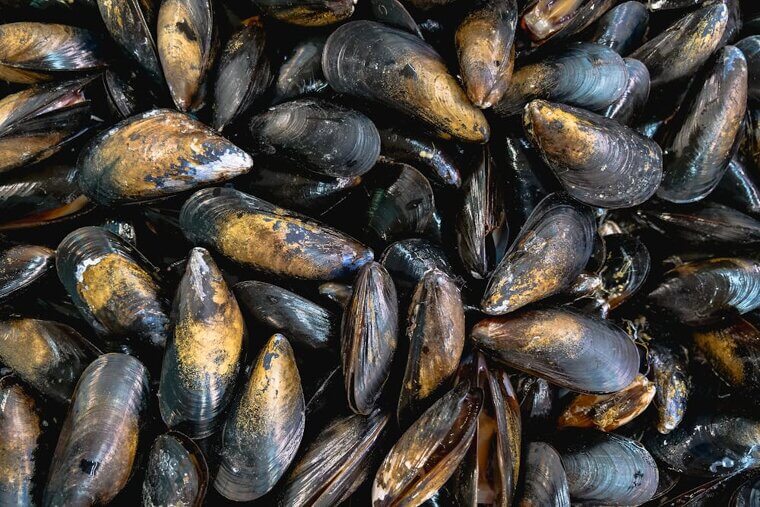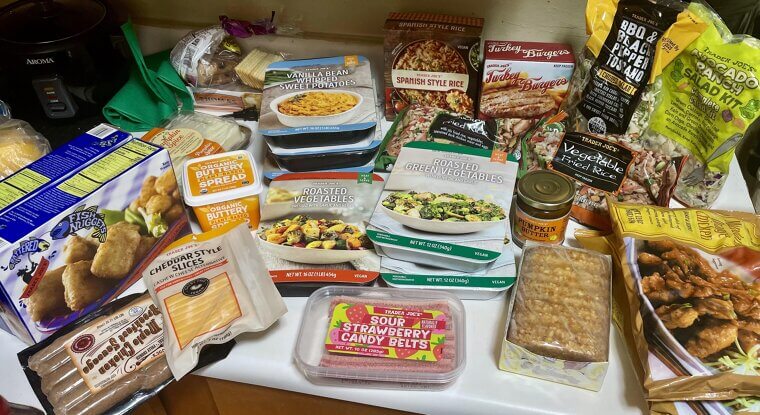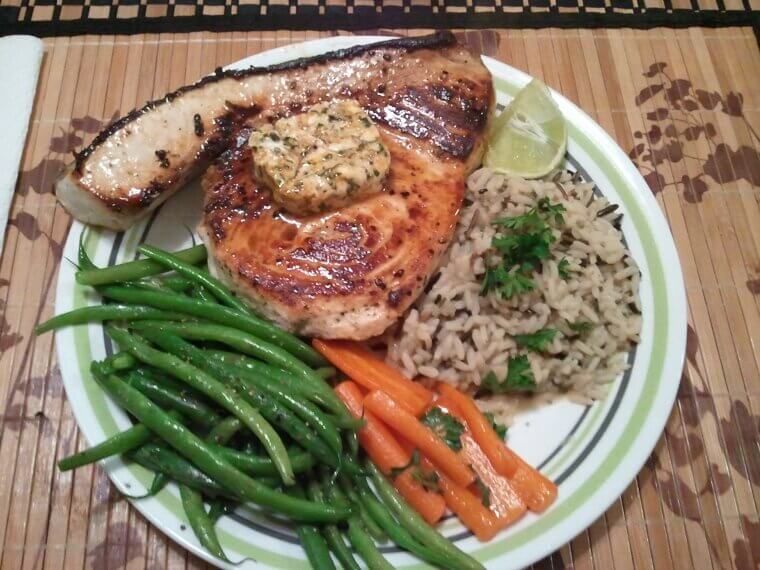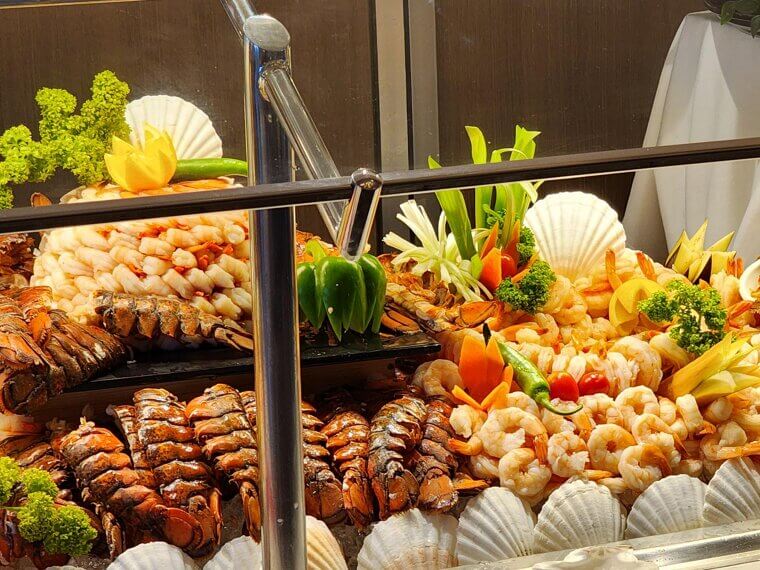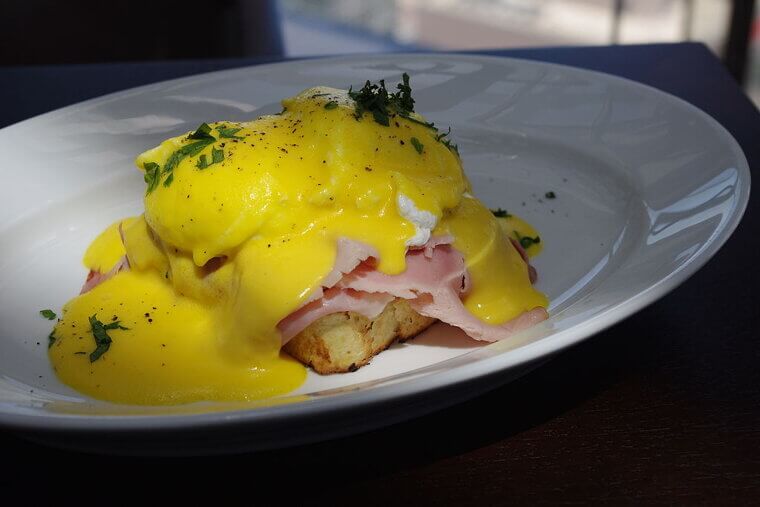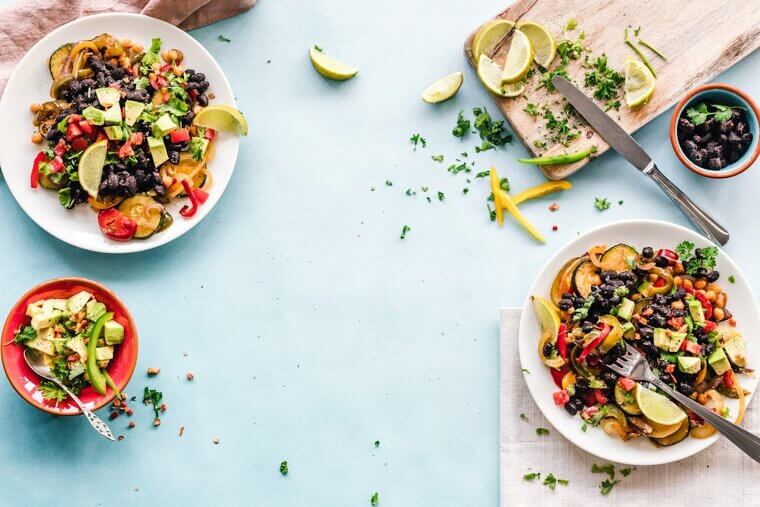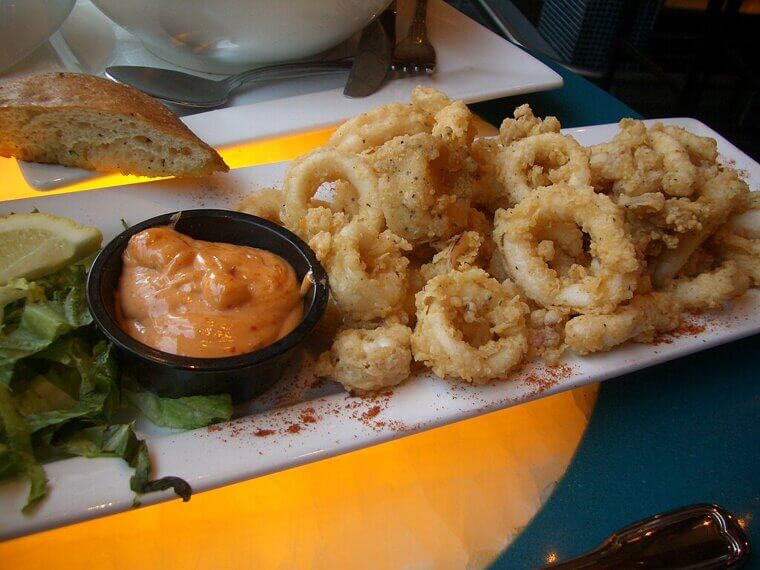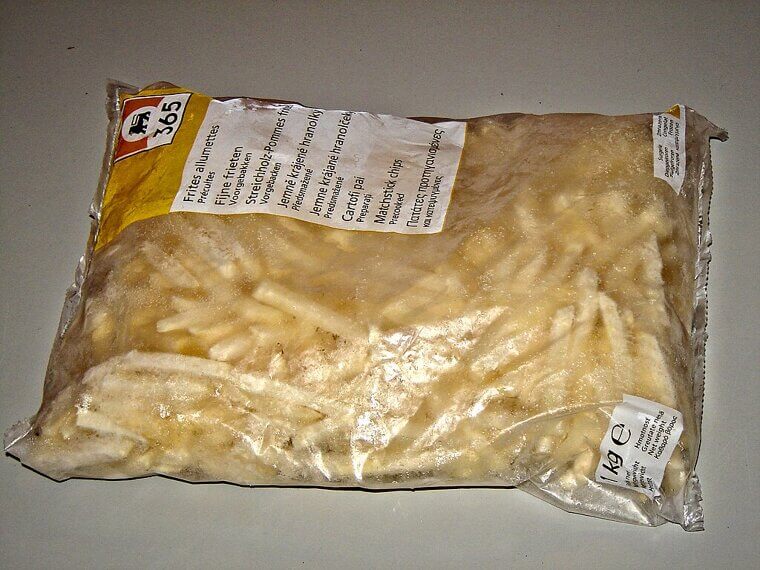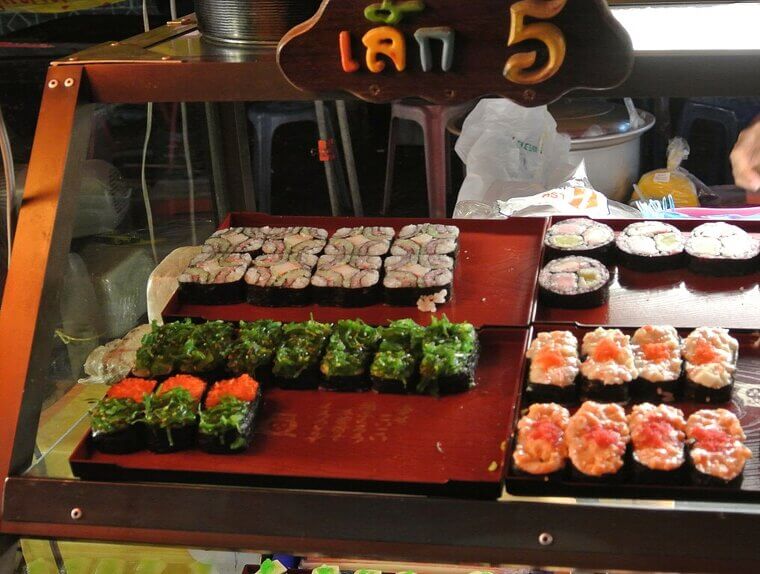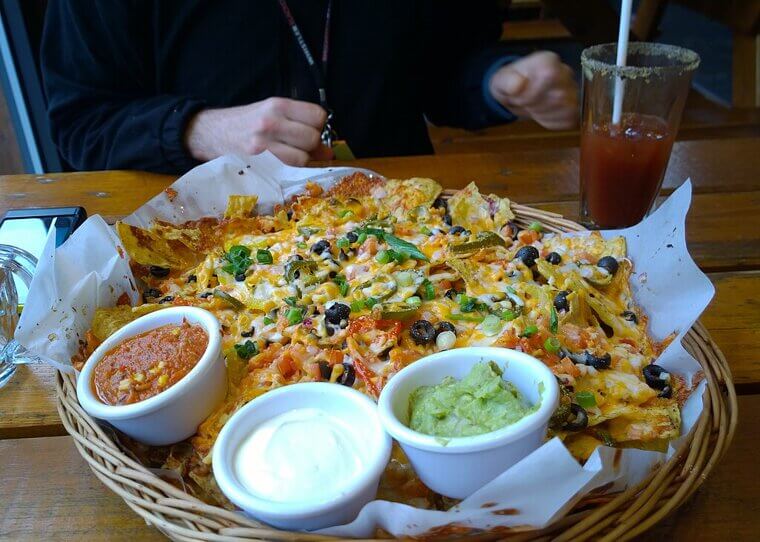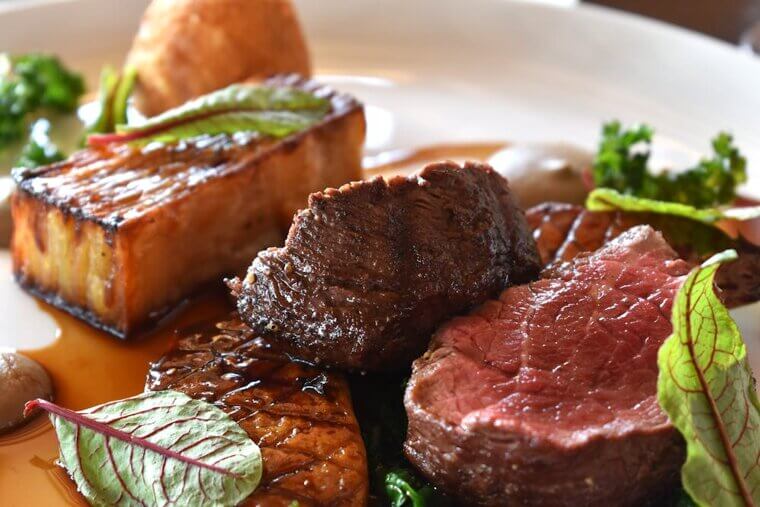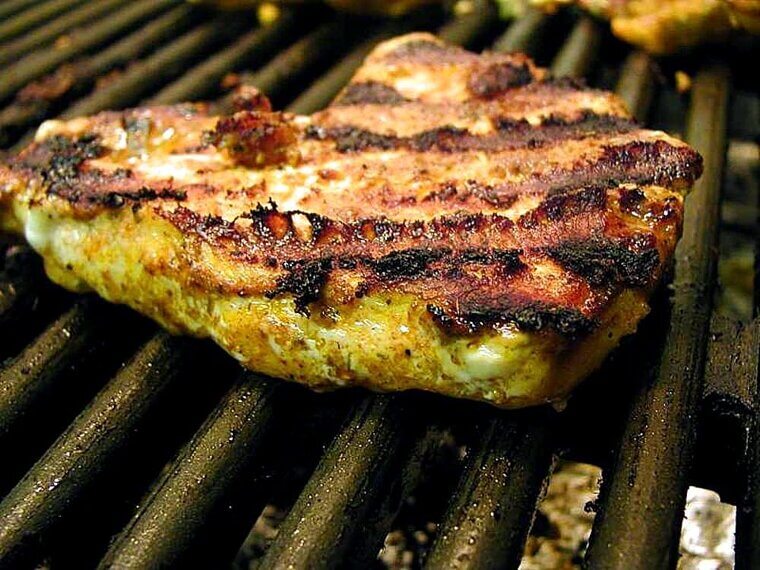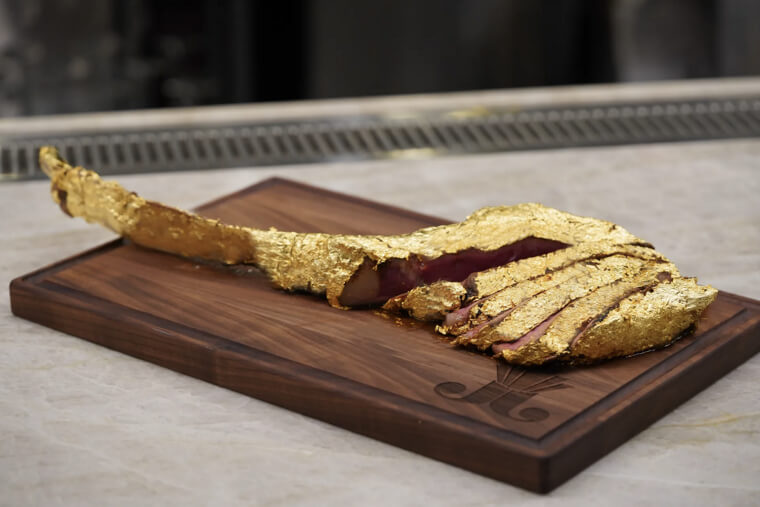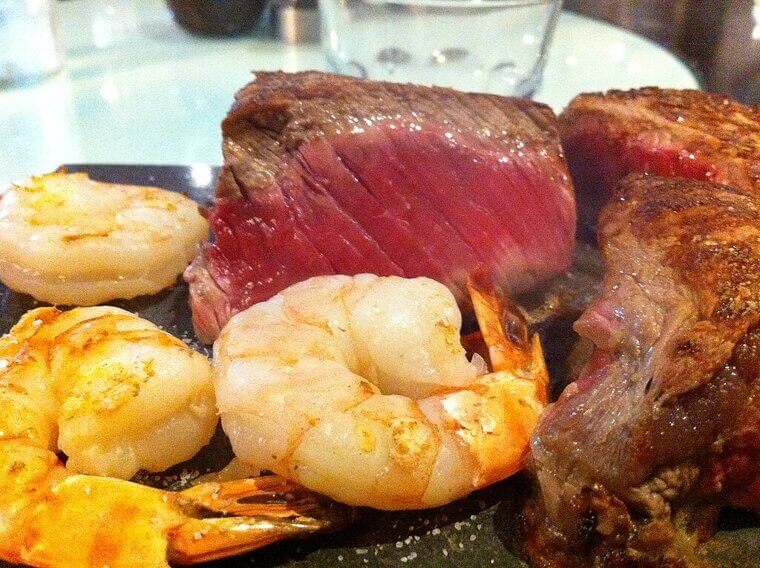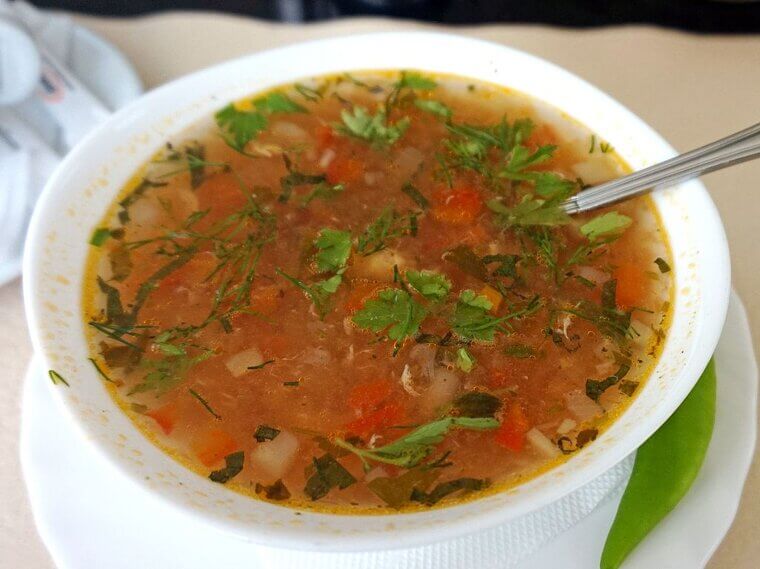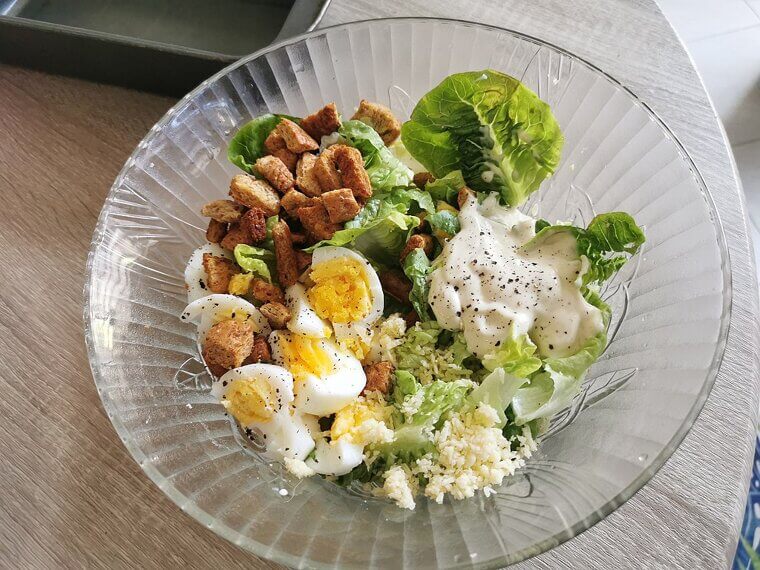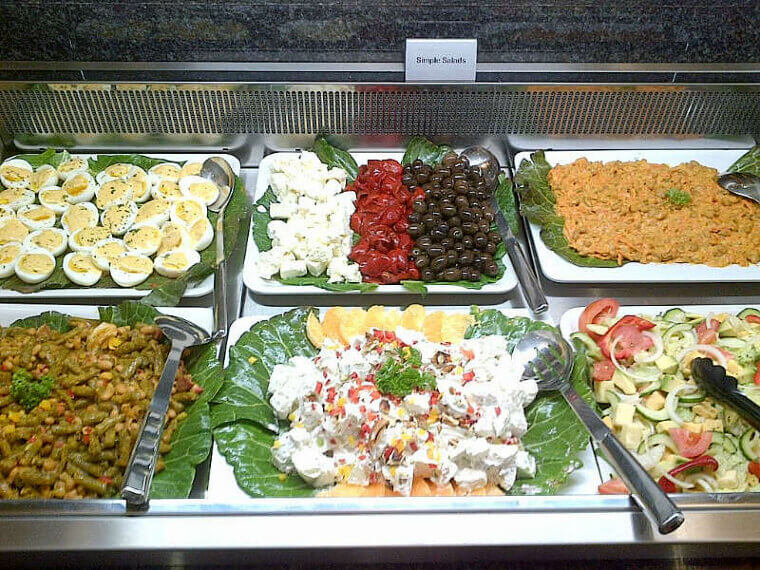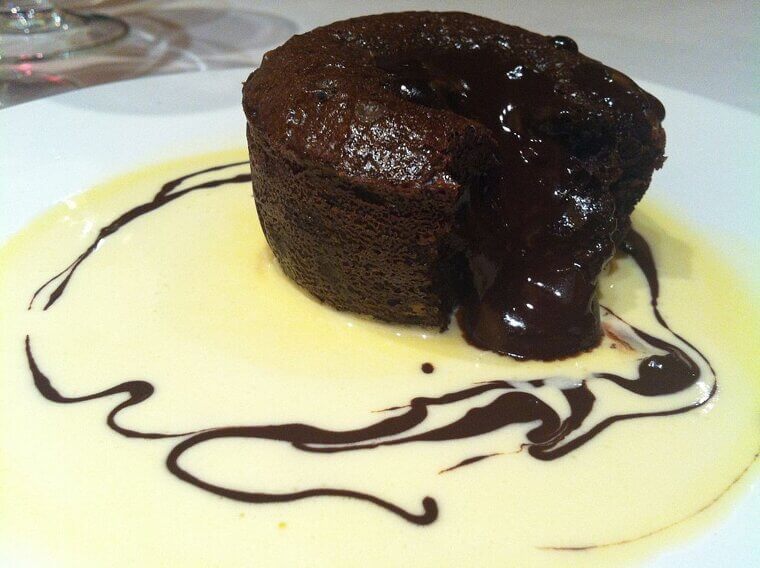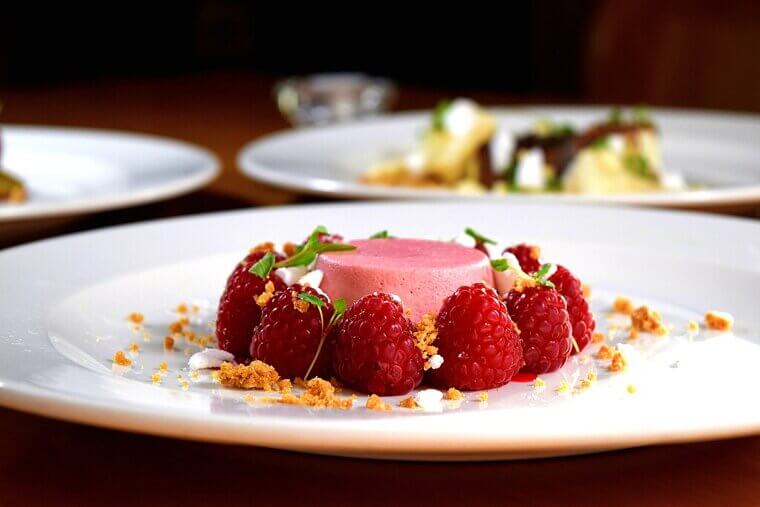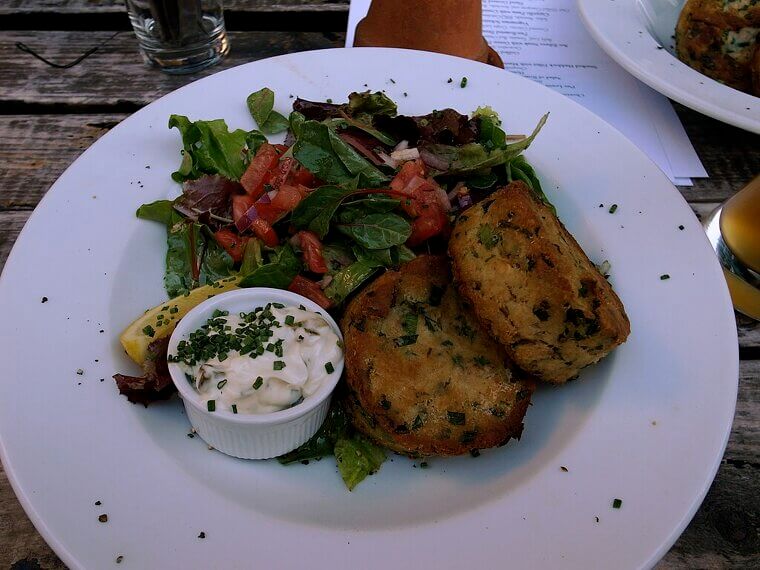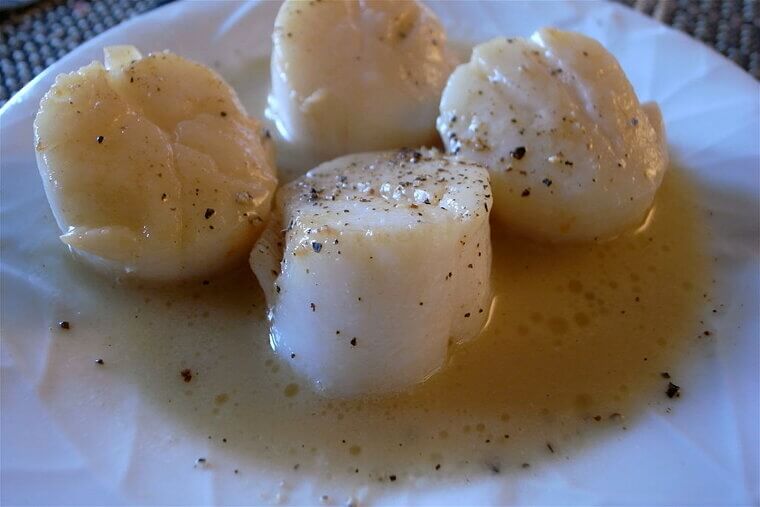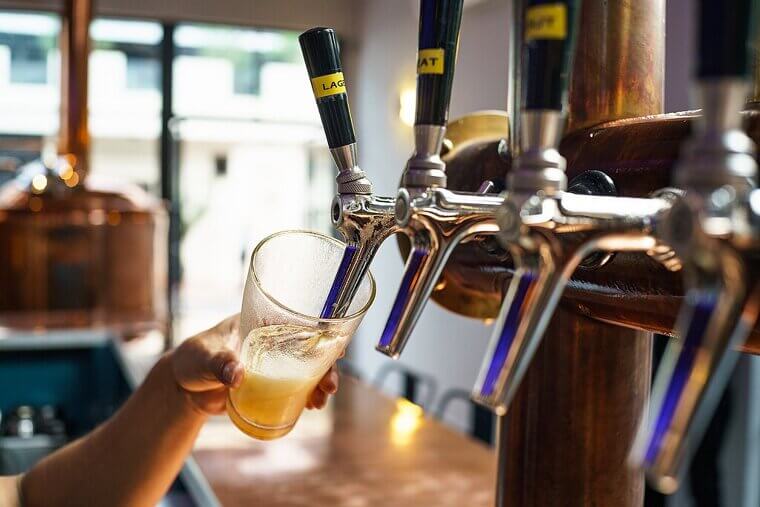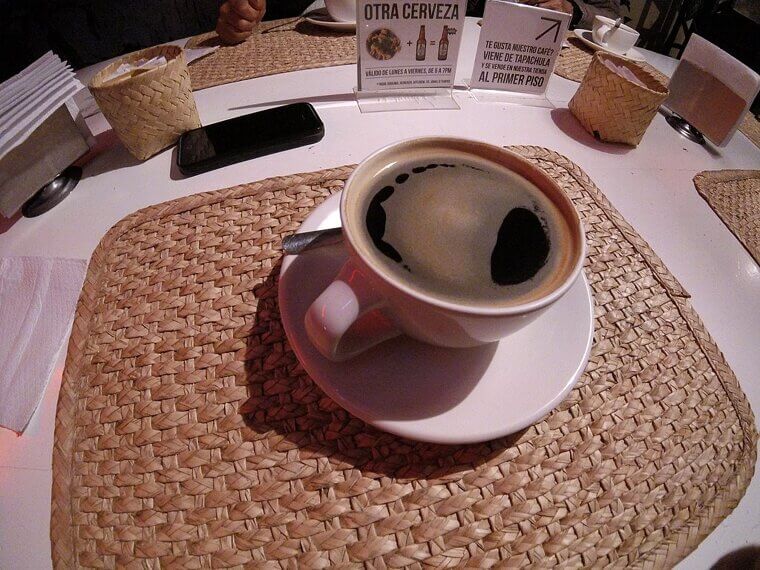Ground-Meat Burgers From Unknown Sources
When a restaurant can't tell you where their beef comes from, assume it's whatever was from whatever supplier that answered the phone. That burger could contain pieces of twelve different cows from four different states. Bon appétit.
More protein does not equal more quality…
More protein does not equal more quality…
Fish on a Monday
Unfortunately, “Fresh catch" doesn’t always mean just-off-the-boat. In fact, many seafood deliveries skip the weekend for restaurants. That fresh Monday fish might actually be a few days old or repurposed from Friday's stock, making it a fishy gamble.
Chicken Tenders / Nuggets at Full-Service Spots
Never order chicken tenders or nuggets at a restaurant with a proper kitchen and culinary aspirations. They're typically frozen and processed, since the chefs have more important dishes to cook. If you’re in the mood for some frozen nuggets, have at it.
“Fresh, Never Frozen” Sashimi
Unless you're at a truly high-end, high-volume sushi specialist restaurant, this claim should often be accompanied by a skeptical eyebrow raise. The reality of food distribution means that many establishments rely on flash-frozen, high-quality fish, which isn't necessarily a bad thing, but "never frozen" is often an exaggeration.
Think that's bad? Wait until you hear what chefs really think about your brunch order!
Think that's bad? Wait until you hear what chefs really think about your brunch order!
Poached Eggs at Non-Breakfast Spots
A perfectly poached egg requires skill, timing, and a chef who actually cares. If the restaurant is not a dedicated breakfast or brunch establishment, their server is probably praying the wobbly egg holds together while they bring it to you. It rarely does.
Off-Menu Items
Ordering an off-menu item without knowing if the kitchen can genuinely prepare it risks receiving a subpar dish or stressing out the staff. Chefs prefer to stick to the menu, knowing those items are designed and prepared for consistency.
Oysters at Inland Restaurants
Is it really worth it to have oysters from a restaurant that isn’t close to the ocean? The best chefs think not. That’s because their freshness degrades rapidly, which increases the risk of a less-than-stellar (or even unsafe) experience. Better to stick with coastal shacks for the real deal.
If you thought seafood was sketchy, wait until you see what's hiding in the freezer…
If you thought seafood was sketchy, wait until you see what's hiding in the freezer…
Mozzarella Sticks
Every mozzarella stick comes from the same massive freezer bag at the restaurant supply store. They're impossible to mess up, which is exactly why lazy kitchens love them. There's no culinary skill involved, and chefs would rather save their stomach space (and money) for something genuinely fresh and crafted in-house.
Too Many “specials” on the Menu
Having daily specials is one thing, but having a vast array of "specials" is often the signal of a kitchen that is stretched thin. That means the kitchen can't commit to anything, or they're cycling through ingredients before they expire.
Mussels or Clams at Non-Seafood Spots
Ordering shellfish at a non-seafood spot is the equivalent of asking your dentist for legal advice. If a restaurant isn’t primarily focused on seafood, its mussels or clams are probably not moving fast enough, which means there is a greater chance of getting a batch that’s past its prime.
Chefs have some thoughts about those "seasonal" specials that never leave the menu…
Chefs have some thoughts about those "seasonal" specials that never leave the menu…
“Seasonal” Items Available Year-Round
Sorry to break it to you, but the "seasonal" menu items never actually change, congratulations; you've discovered a restaurant that uses frozen ingredients. Real strawberries don't stay in season for nine months, but freezer-burned ones do.
Swordfish at Average Restaurants
The fact that swordfish is expensive means that cheaper restaurants try to stretch it as long as possible. It is also notoriously prone to overcooking and becoming dry if not handled properly. Make sure the chef specializes in cooking seafood; otherwise, you’ll find yourself paying a premium for a rubbery piece of fish.
Seafood From Buffets
Only go for seafood buffets if you’re looking for a combination of uncertain freshness, inconsistent temperature control, and seafood that is put under heat lamps for hours. Those all-you-can-eat prices suddenly make perfect sense, don’t they?
Brunch lovers might want to sit down for the next one…
Brunch lovers might want to sit down for the next one…
Hollandaise Sauce / Eggs Benedict
This luxurious, egg-yolk-based sauce is notoriously finicky. It can break, curdle, or harbor bacteria if it isn’t made fresh and kept at a specific temperature. By brunch's end, your eggs Benedict is swimming in sauce that's been lounging around for hours.
The Daily Special
While "specials" can be exciting, the "daily special" can sometimes translate to "ingredients we need to use before they go bad." That creative dish featuring random combinations is possibly the chef's desperate attempt to clear out the walk-in cooler.
Scrambled Eggs During Rush Hours
Chefs know the best scrambled eggs are made slowly and with care. However, during peak service, kitchens prioritize speed over finesse and pre-make them in large batches. What arrives at your table is basically egg-flavored rubber that's been slowly dying.
Slapping "house-made" on the menu doesn't make it true…
Slapping "house-made" on the menu doesn't make it true…
“House” Dishes at Generic Places
Always be a little skeptical when a generic restaurant boasts a "house" dressing or "house" pasta. It often means a basic, uninspired recipe. Or worse, a bulk-bought product rebranded to sound more exclusive. Expect mediocrity at most.
Breaded Calamari
Similar to mozzarella sticks, breaded calamari is frequently a frozen, factory-produced product. It's often rubbery and lacks the fresh flavor of a properly prepared squid. And Chefs know the breading exists mainly to hide how long ago those squid saw the ocean.
Frozen French Fries Labeled “House”
Calling frozen fries "house-made" because someone in the building opened the bag and dumped them in the fryer is chef-level comedy. If your fries arrive with suspiciously uniform cuts and texture, just know they're likely frozen.
And there's one place you should never, ever hunt for bargains…
And there's one place you should never, ever hunt for bargains…
Cheap Sushi
Cheap sushi can often mean cheap ingredients and even cheaper handling. While a great deal sounds nice, chefs know that cutting corners on the quality of raw fish or proper preparation techniques is a fast track to disappointment, or worse.
Giant Nacho Platters
While these can be fun for sharing and putting on your Insta stories, massive nacho platters are often designed to mask lower-quality ingredients under a mountain of cheese, sour cream, and jalapeños. They're heavy, rarely balanced, and a quick way to fill up on cheap components.
Well-Done Steak
Ordering a well-done steak is often a cardinal sin in a chef's book. They will absolutely cook it for you, but they're giving you the worst cut available since you're destroying it anyway. You hurt the chef’s soul when you order a well-done steak. Please don’t.
Playing it safe with your protein might be the least safe choice you can make…
Playing it safe with your protein might be the least safe choice you can make…
Plain Grilled Chicken Breast
A plain grilled chicken breast is like beige wallpaper: safe, boring, and devoid of all joy in life. You'll complain it's dry no matter what, because white meat cooked plainly is always dry. The dish will rarely showcase any culinary skill, which makes it an uninspired choice.
Expensive Steak at Non-Steakhouses
A $50 steak at the local corner restaurant probably means they bought one expensive cut once, don't cook it often, and possibly have no idea what they're doing. That is why steakhouses exist; they know their meat.
Surf & Turf Combos
Surf and turf combos signal that the kitchen is cooking with two expensive proteins that require completely different techniques, temperatures, and timing. Something will suffer, usually both. Chefs see it as a way to upsell two mediocre items, rather than showcasing one perfectly executed dish.
Soup at Non-Soup Restaurants
Unless a restaurant is known for its soups, stay wary. Soups can be a convenient way to use up ingredients nearing their expiration. Chefs know it's rarely made fresh and even more rarely made well. Better to stick to what the kitchen truly excels at.
House or Caesar Salad
House salads are where sad, wilting lettuce goes to die under a heat lamp. Chefs know these salads exist purely as an obligation, as something green to justify the meal. You can easily make a fresher, more vibrant version at home for a fraction of the cost.
The only thing sadder than one bad salad is an entire bar full of them…
The only thing sadder than one bad salad is an entire bar full of them…
Buffet Salads
Similar to other buffet items, salads left out for extended periods can become unappetizing. The dressing gets congealed, the greens wilt, and the toppings lose their crispness. It would be better to eat the plastic sneeze guard than whatever's been marinating in the bowl for hours.
Lava Cake or Microwaved Desserts
Hate to break it to you, but that molten center in your lava cake is often achieved with a quick zap in the microwave, not skillful baking. The "molten" center is just frozen chocolate that was melted in the microwave. Chefs know real dessert takes effort, and this ain't it, chief.
Gimmicky Desserts (like “s’mores”)
Gimmicky desserts exist because restaurants know you'll Instagram them. That deconstructed s'mores monstrosity costs $15 for ingredients worth $2, tastes worse than the real thing, and requires an engineering degree to eat. Just torch a marshmallow already.
Those “homemade” brownies aren’t fooling anyone. Or are they…
Those “homemade” brownies aren’t fooling anyone. Or are they…
Box-Mix Brownies
That "homemade" brownie you’re eating came from the same Duncan Hines box sitting in your pantry, except you're paying $9 for it. Restaurants love box mixes because they're foolproof and nobody seems to notice. It’s better to skip it for something more authentic.
Crab Cakes
Sadly, most crab cakes are just breadcrumbs held together by a faint memory of crab. Real crabmeat is expensive, so restaurants bulk it up with filler until you're basically eating a fried bread ball. Chefs know if it's cheap, it's fake.
Scallops
Scallops are delicate, expensive, and require precise timing, which is why cheap restaurants love soaking them in water to add weight and charge more. Real chefs spot "wet" scallops instantly because they won't sear properly and taste like spongy disappointment.
A dirty secret might be floating in your pint…
A dirty secret might be floating in your pint…
Draft Beer From Low-Turnover Bars
Beer lines need regular cleaning. If a bar doesn't sell much draft beer, those lines can get dirty and impact flavor and hygiene. This is why chefs prefer bottled or canned options at places that don’t have a high draft volume.
Restaurant Coffee (non-Café)
Try to avoid coffee outside of dedicated coffee shops or high-end establishments. That pot was probably brewed before your server's shift started, and nobody's checked to see if it's still drinkable. Order literally anything else.

